Water scarcity impacts 30 million Americans—but these 2 innovations could help dramatically
Nearly 30 million Americans annually are impacted by water scarcity and don’t have reliable access to clean water. The water crisis stems from a wide range of issues, ranging from extreme weather events like hurricanes and flooding to depleted aquifers and overuse of wells. Our aging water infrastructure alone leaks 6 billion gallons per day, while pipe failures lead to nearly 10,000 “boil water” notices every year. Water is an essential and increasingly limited resource. It shapes where we live (or don’t). Vast lands across America remain undeveloped due to a lack of natural water resources, exacerbating the housing crisis. Water increasingly restrains and defines how we live. These crises expose a fundamental flaw in our water infrastructure: It’s centralized, fragile, and slow to adapt. For centuries, we’ve relied on massive, fixed water systems—municipal plants, aquifers, and reservoirs—assuming they’d always be enough. But droughts, disasters, and rising demand are pushing these systems to the brink. Neither resilient nor quite renewable, the problem isn’t just scarcity—it’s rigidity. Energy faced a similar challenge. Grids dependent on fossil-fueled centralized plants proved vulnerable to extreme weather and surging demand, while adding to pollution and climate change. The solution? Resilient and renewable eistributed energy resources (DERs)—solar panels, batteries, and microgrids that gave homes and businesses power independence. What if water worked the same way? What if atmospheric water generation (AWG), smart storage, and rainwater harvesting built a new paradigm of distributed water resources (DWRs)? This would make water supply resilient, renewable, and independent. Just as DERs revolutionized energy, distributed water will redefine water. The crucial foundation of DWRs is a renewable water source like rainwater collection and atmospheric water generation—producing clean water directly from the air. While the concept isn’t new—the U.S. military has explored it since the 1930s—early technologies were energy-intensive, expensive, and impractical for widespread use. Until now, atmospheric water was limited to niche applications. But today, technological advancements have changed the game. Large-scale atmospheric water capture is a reality, and when integrated with storage, entire homes and communities can be sustained with water sourced directly from the air, feeding into showers, kitchens, and more. (One of our companies, Brian Sheng’s Aquaria, builds and sells AWG systems.) This is a water equivalent to a renewable microgrid—the hydrogrid—and it’s already here. In Texas, rural homeowners have implemented a DWR model themselves, standing up rainwater systems, AWGs and water storage, and unplugging from their failing wells. In Hawaii, a developer is building a pioneering residential community integrating a hydrogrid with a rainwater harvesting system to secure a year-round independent water supply. No need to further stress—or rely on—overstressed terrestrial water sources and infrastructure. An Aquaria Hydropack unit is integrated with a rainwater catchment system in this off-the-grid home in Hill Country, Texas. [Photo: Aquaria] Big water infrastructure can’t close the supply-and-demand gap quickly At the Texas Water Day at the Texas Capital in March, water advocates shared that it costs about $2 million to build one mile of new municipal-type water pipe—pipes that only have about a 35-year life! As we expand our urban centers with new suburbs and exurbs, there’s no easy path to finance urgently needed new water systems to support growth. Like the energy grid, our water infrastructure is fragmented. A recent McKinsey report on water resilience found that of the nation’s nearly 50,000 water systems, 91% service small communities of under 10,000 people. It’s hard to imagine how these small-scale, rural systems will be able to afford the considerable costs associated with upgrading and maintaining water pipes. As McKinsey sees it, the overall infrastructure funding gap for water utilities in the U.S. could reach $194 billion by 2030. An Aquaria water generator and tank installed at a South Texas home supplements its water supply during drought conditions. [Photo: Aquaria] DWRs are the resilient solution that humanity needs Rural communities highlight why a DWR model is the most reliable, resilient, and adaptable approach to water infrastructure. Traditional hub-and-spoke systems are prone to pipeline failures, contamination, and supply disruptions, leaving entire communities without water or forcing them to live with “boil water” notices. By pairing localized rainwater collection and atmospheric water generation with storage, communities can remain self-sufficient and resilient—producing, storing, and using water on demand, reducing reliance on distant water. The amount of water in the air at any given time is about 3,100 cubic miles. This stays consi

Nearly 30 million Americans annually are impacted by water scarcity and don’t have reliable access to clean water. The water crisis stems from a wide range of issues, ranging from extreme weather events like hurricanes and flooding to depleted aquifers and overuse of wells. Our aging water infrastructure alone leaks 6 billion gallons per day, while pipe failures lead to nearly 10,000 “boil water” notices every year.
Water is an essential and increasingly limited resource. It shapes where we live (or don’t). Vast lands across America remain undeveloped due to a lack of natural water resources, exacerbating the housing crisis. Water increasingly restrains and defines how we live.
These crises expose a fundamental flaw in our water infrastructure: It’s centralized, fragile, and slow to adapt. For centuries, we’ve relied on massive, fixed water systems—municipal plants, aquifers, and reservoirs—assuming they’d always be enough. But droughts, disasters, and rising demand are pushing these systems to the brink. Neither resilient nor quite renewable, the problem isn’t just scarcity—it’s rigidity.
Energy faced a similar challenge. Grids dependent on fossil-fueled centralized plants proved vulnerable to extreme weather and surging demand, while adding to pollution and climate change. The solution? Resilient and renewable eistributed energy resources (DERs)—solar panels, batteries, and microgrids that gave homes and businesses power independence.
What if water worked the same way? What if atmospheric water generation (AWG), smart storage, and rainwater harvesting built a new paradigm of distributed water resources (DWRs)? This would make water supply resilient, renewable, and independent. Just as DERs revolutionized energy, distributed water will redefine water.
The crucial foundation of DWRs is a renewable water source like rainwater collection and atmospheric water generation—producing clean water directly from the air. While the concept isn’t new—the U.S. military has explored it since the 1930s—early technologies were energy-intensive, expensive, and impractical for widespread use. Until now, atmospheric water was limited to niche applications.
But today, technological advancements have changed the game. Large-scale atmospheric water capture is a reality, and when integrated with storage, entire homes and communities can be sustained with water sourced directly from the air, feeding into showers, kitchens, and more. (One of our companies, Brian Sheng’s Aquaria, builds and sells AWG systems.)
This is a water equivalent to a renewable microgrid—the hydrogrid—and it’s already here. In Texas, rural homeowners have implemented a DWR model themselves, standing up rainwater systems, AWGs and water storage, and unplugging from their failing wells. In Hawaii, a developer is building a pioneering residential community integrating a hydrogrid with a rainwater harvesting system to secure a year-round independent water supply. No need to further stress—or rely on—overstressed terrestrial water sources and infrastructure.

Big water infrastructure can’t close the supply-and-demand gap quickly
At the Texas Water Day at the Texas Capital in March, water advocates shared that it costs about $2 million to build one mile of new municipal-type water pipe—pipes that only have about a 35-year life! As we expand our urban centers with new suburbs and exurbs, there’s no easy path to finance urgently needed new water systems to support growth.
Like the energy grid, our water infrastructure is fragmented. A recent McKinsey report on water resilience found that of the nation’s nearly 50,000 water systems, 91% service small communities of under 10,000 people. It’s hard to imagine how these small-scale, rural systems will be able to afford the considerable costs associated with upgrading and maintaining water pipes. As McKinsey sees it, the overall infrastructure funding gap for water utilities in the U.S. could reach $194 billion by 2030.

DWRs are the resilient solution that humanity needs
Rural communities highlight why a DWR model is the most reliable, resilient, and adaptable approach to water infrastructure. Traditional hub-and-spoke systems are prone to pipeline failures, contamination, and supply disruptions, leaving entire communities without water or forcing them to live with “boil water” notices.
By pairing localized rainwater collection and atmospheric water generation with storage, communities can remain self-sufficient and resilient—producing, storing, and using water on demand, reducing reliance on distant water. The amount of water in the air at any given time is about 3,100 cubic miles. This stays consistent and regenerates every week or so through natural cycles of precipitation and evaporation. This quantity is about 200 times more than humans consume annually. Water in the air is not only abundant, it is limitless.
A homeowner can install an AWG and storage tank starting at around $20,000—comparable to the average cost of a residential solar installation. Installation is straightforward, requiring only a connection to the home’s water system and can typically be completed within a week. Residential rainwater systems range from humble rain barrels to large-scale systems with 50,000-gallon tanks to maximize collection during the season, plus water treatment, sensors, and even predictive modeling to manage use.
Scaling rainwater harvesting and AWGs for community-level water generation is equally practical. These AWG systems are housed in containerized units, similar to container battery storage systems, making them highly modular and deployable within days. A single unit can produce thousands of gallons of clean water per day, and multiple units can be deployed in parallel or distributed to different locations based on demand.

Envisioning a new future for water
In an ever-changing world, the time to secure water independence is now. Homeowners can install DWR systems into their homes to secure personal water supplies, while local, state, and federal governments can implement these systems at scale to protect their communities amid disaster and climate change, while protecting terrestrial water sources with renewable water.
DWRs also enable new development opportunities. Land once considered unbuildable due to lack of infrastructure can now support housing, agriculture, and industry without costly municipal expansion.
Imagine if we unlock a new way to harvest and deliver abundant water wherever it’s needed. A new model of distributed water resources can unveil a radical range of new possibilities in the same way that distributed energy resources did—delivering reliability, flexibility, sustainability, and independence in an uncertain future.
The world is experiencing a growing and urgent water crisis. As Niccolò Machiavelli once said, “Never waste the opportunity offered by a good crisis.” World Water Day has now come and gone, but we must continue to acknowledge the state of the water crisis and recognize the urgency of strategic, communal action. We live in an era of both rapid technological advancement and accelerating water scarcity—and now is the time to bridge the gap.























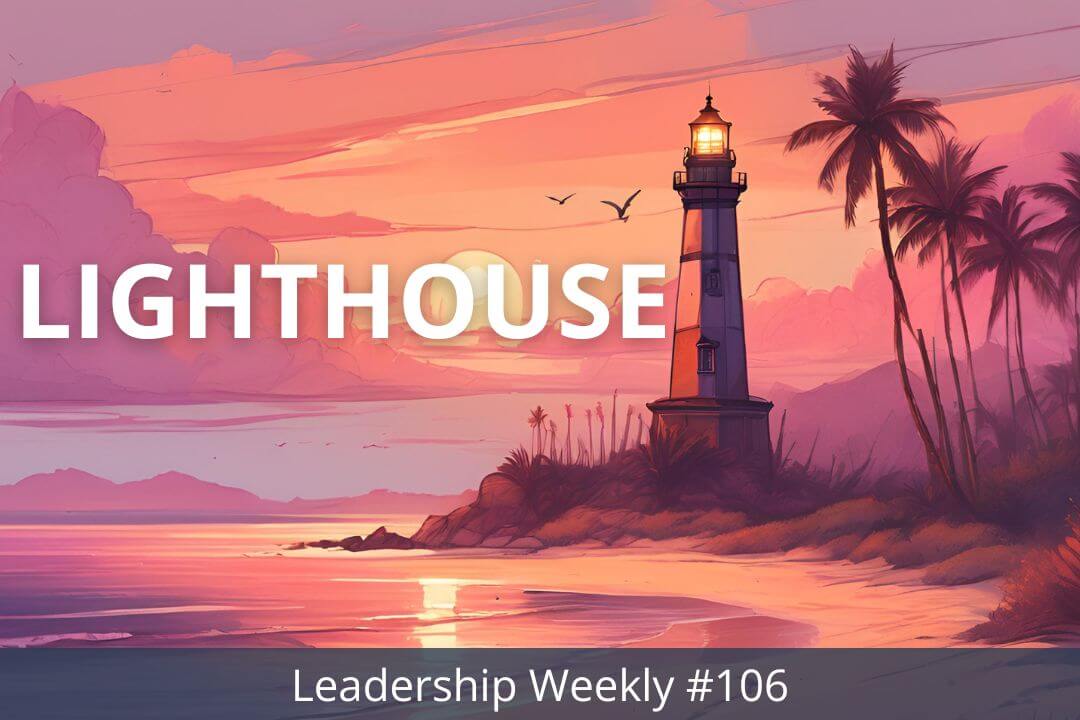

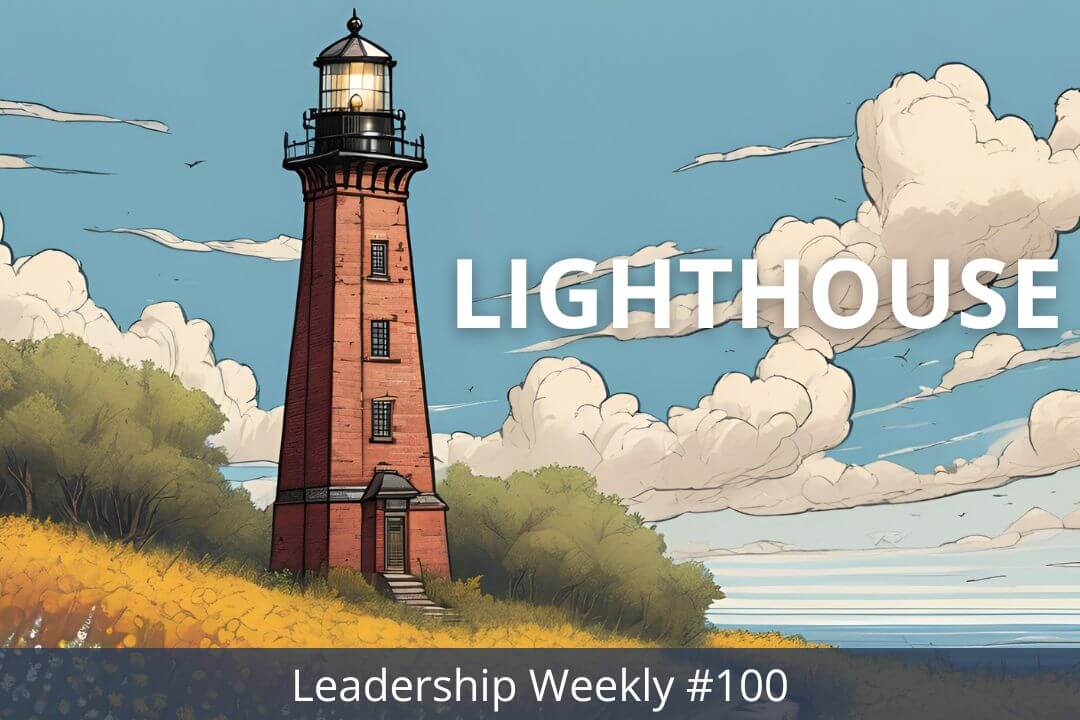
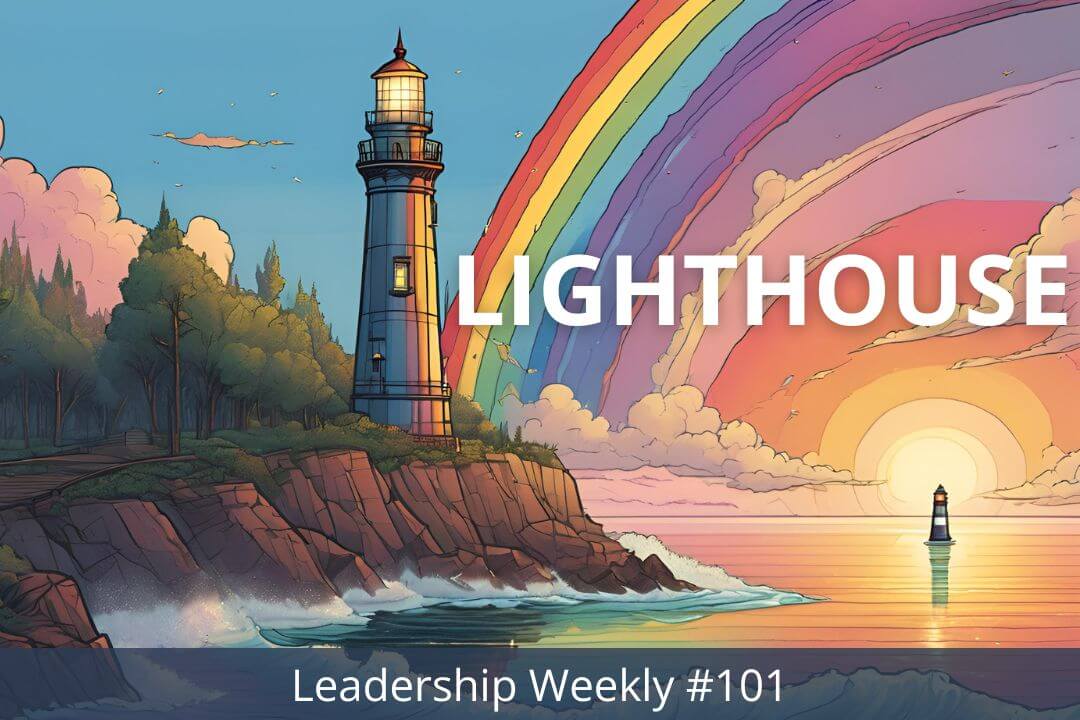

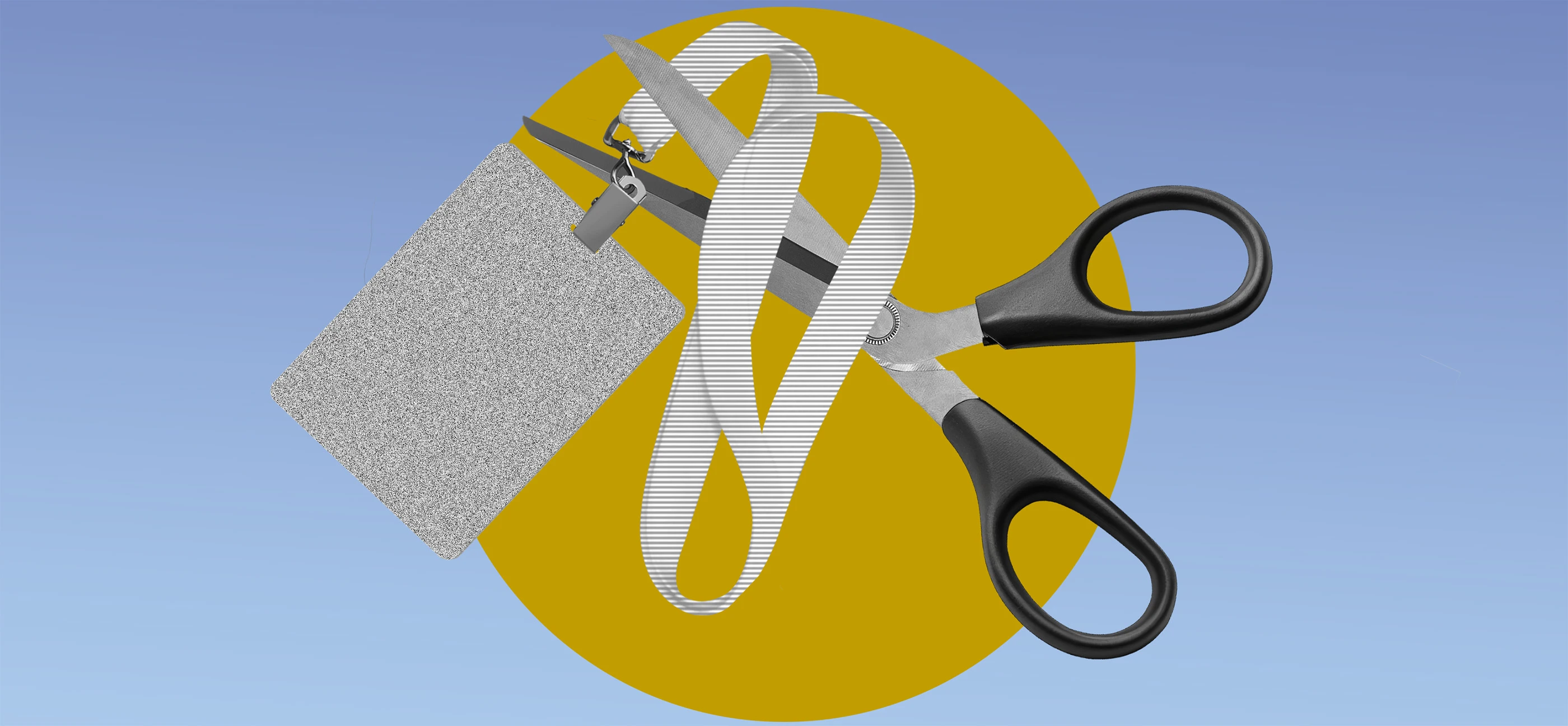






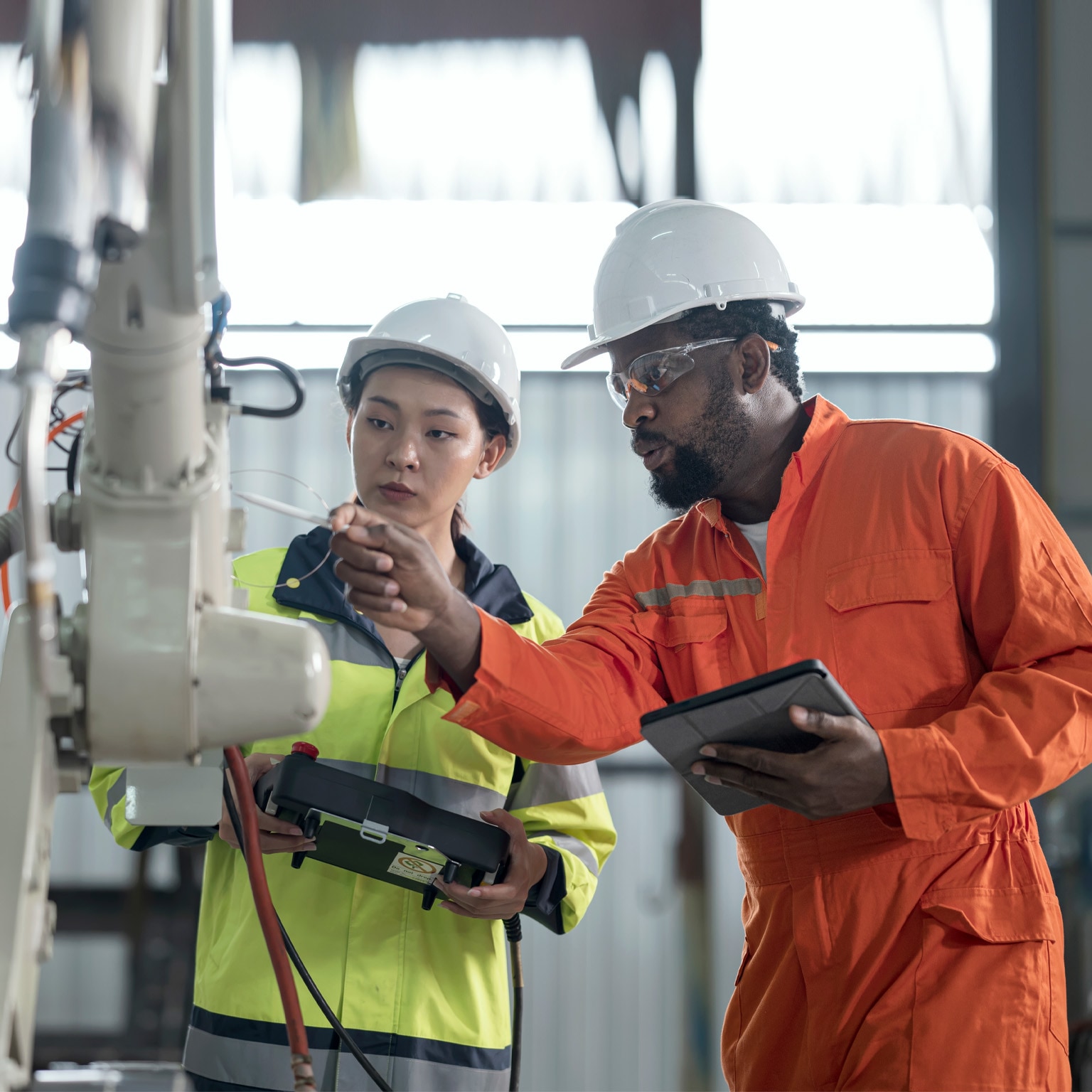
























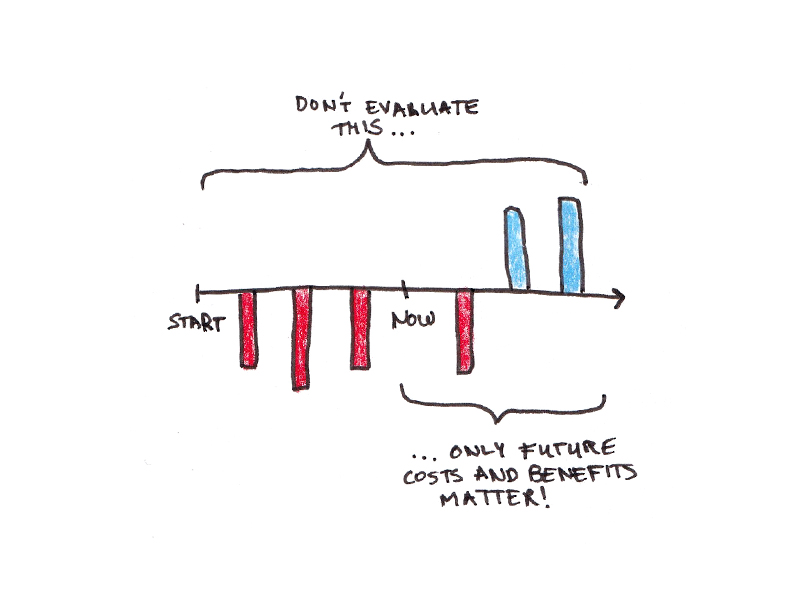









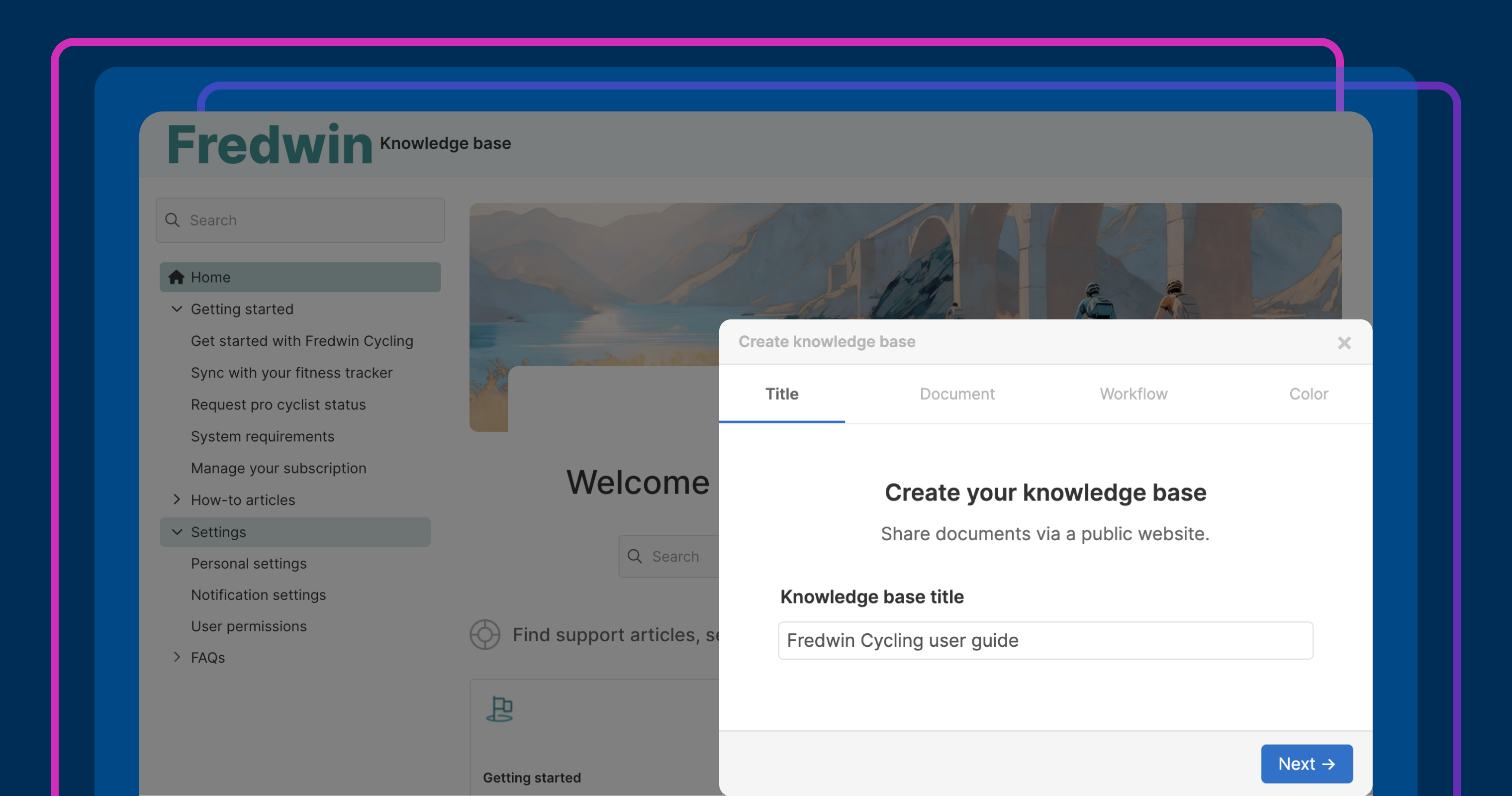

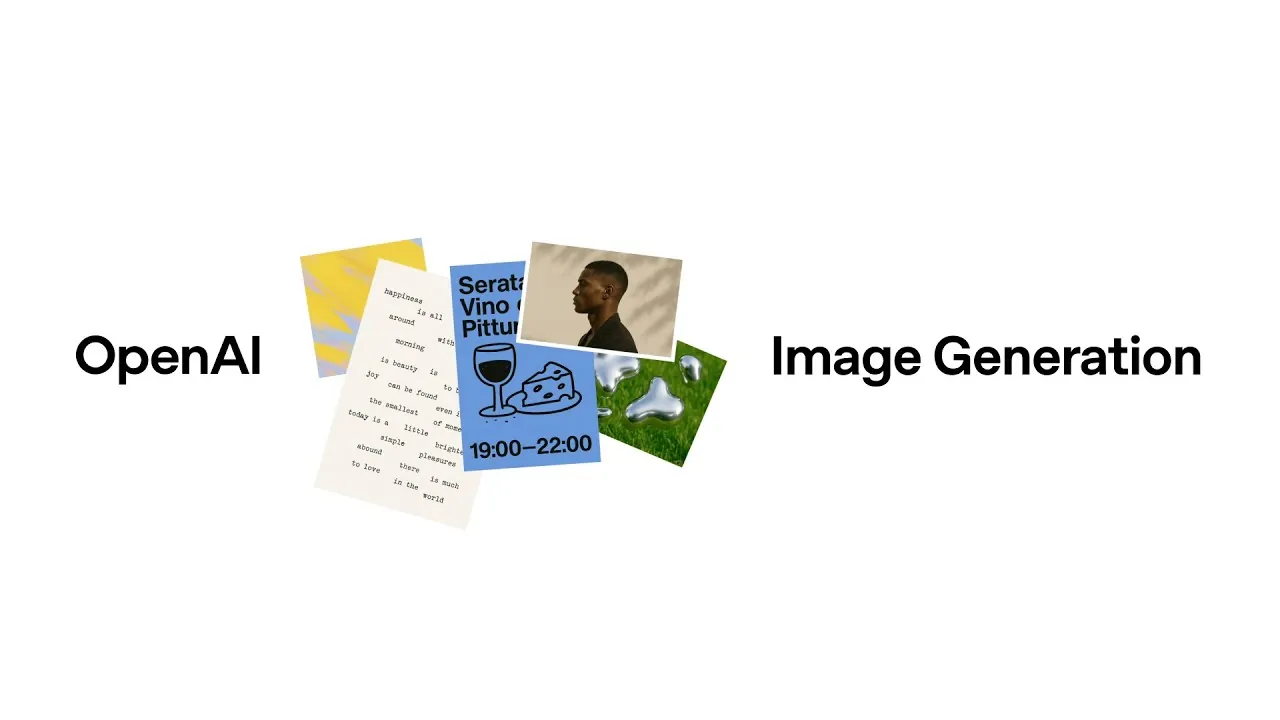




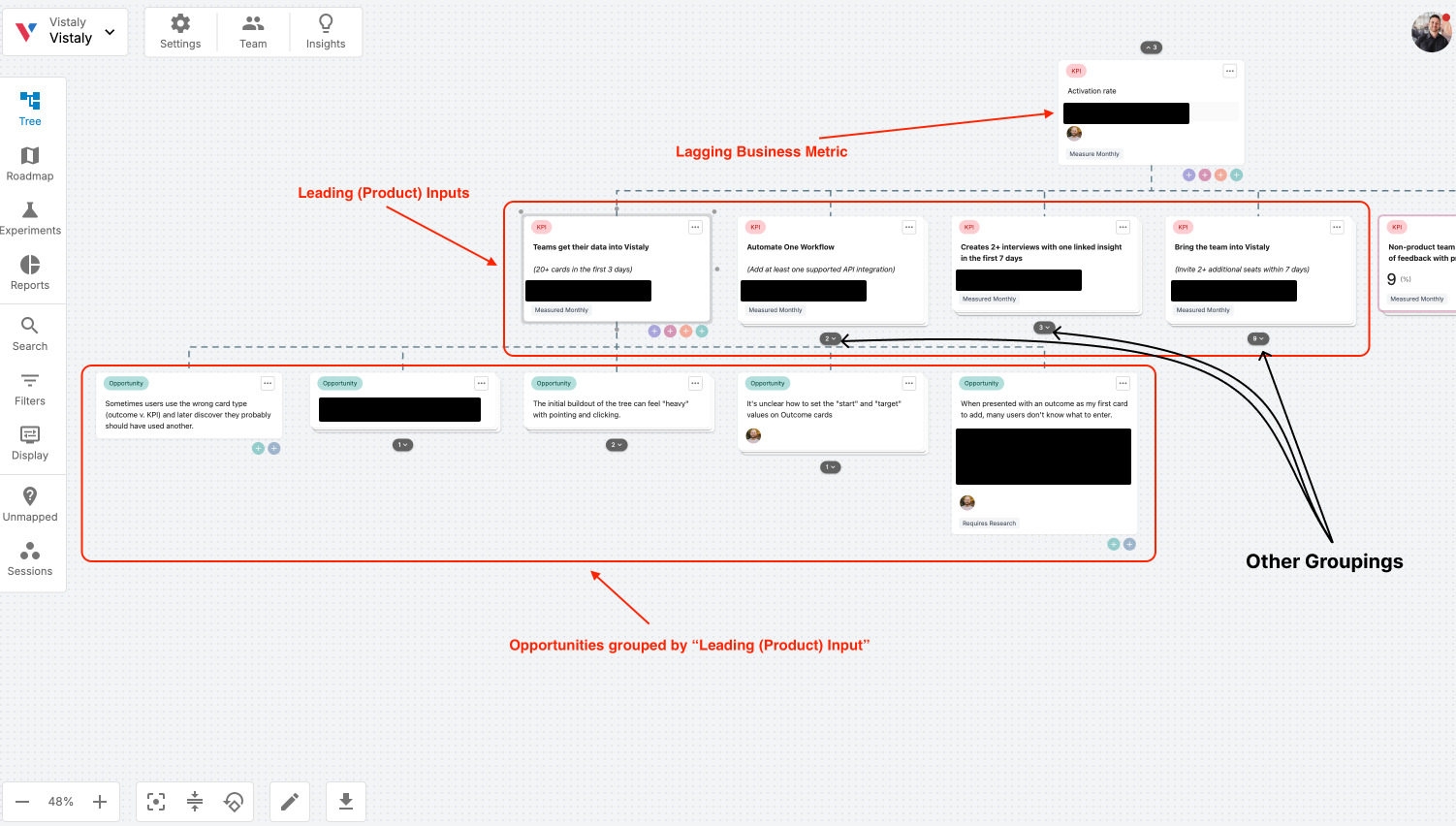
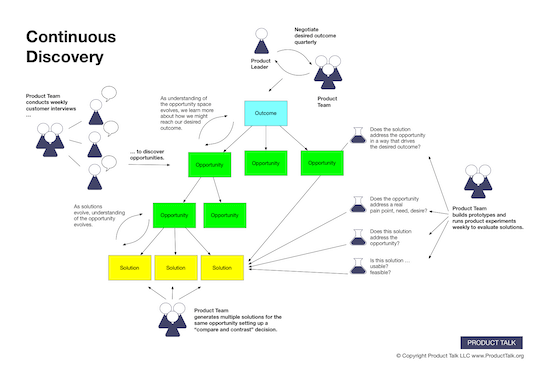
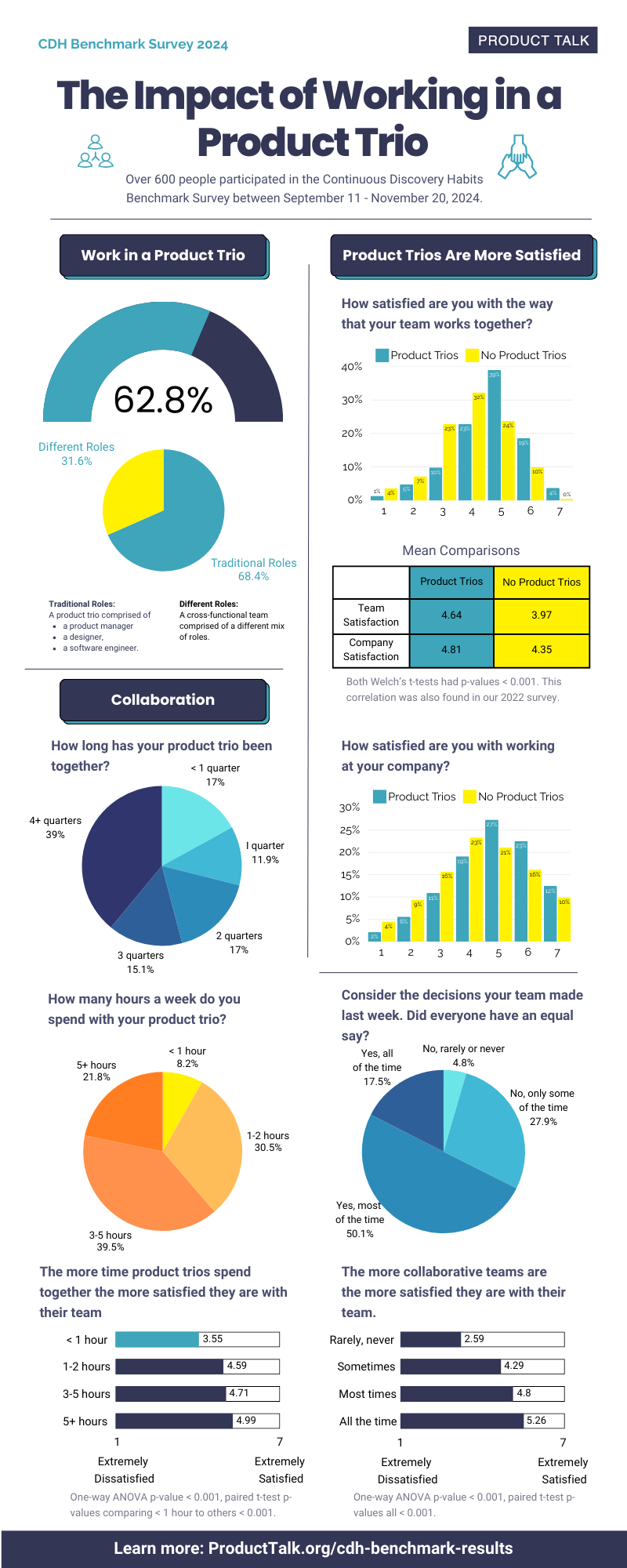



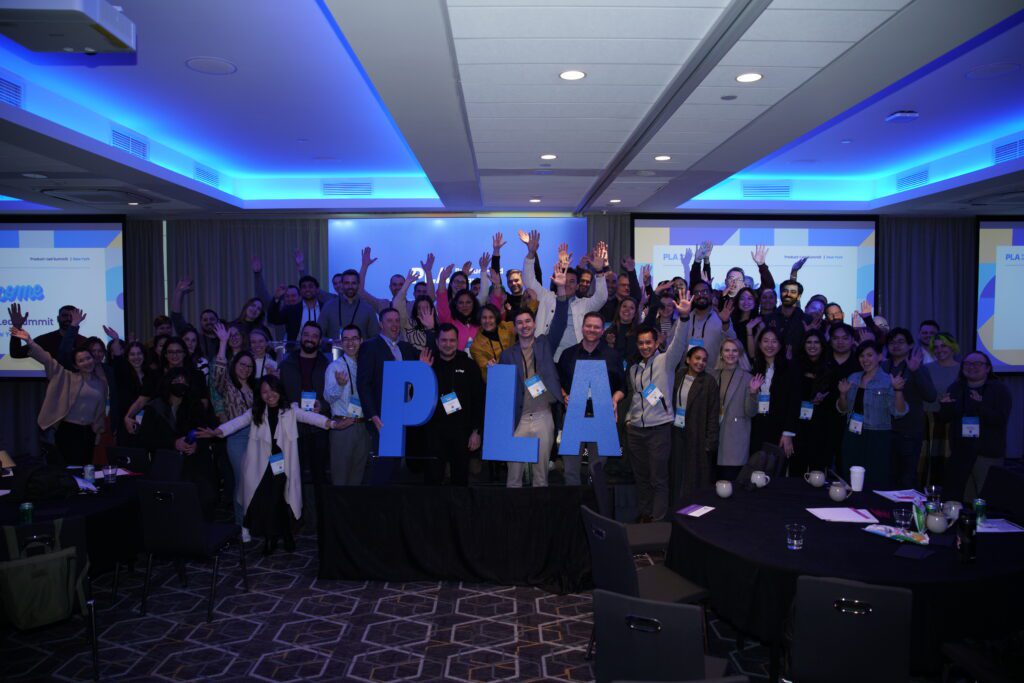










![Building A Digital PR Strategy: 10 Essential Steps for Beginners [With Examples]](https://buzzsumo.com/wp-content/uploads/2023/09/Building-A-Digital-PR-Strategy-10-Essential-Steps-for-Beginners-With-Examples-bblog-masthead.jpg)


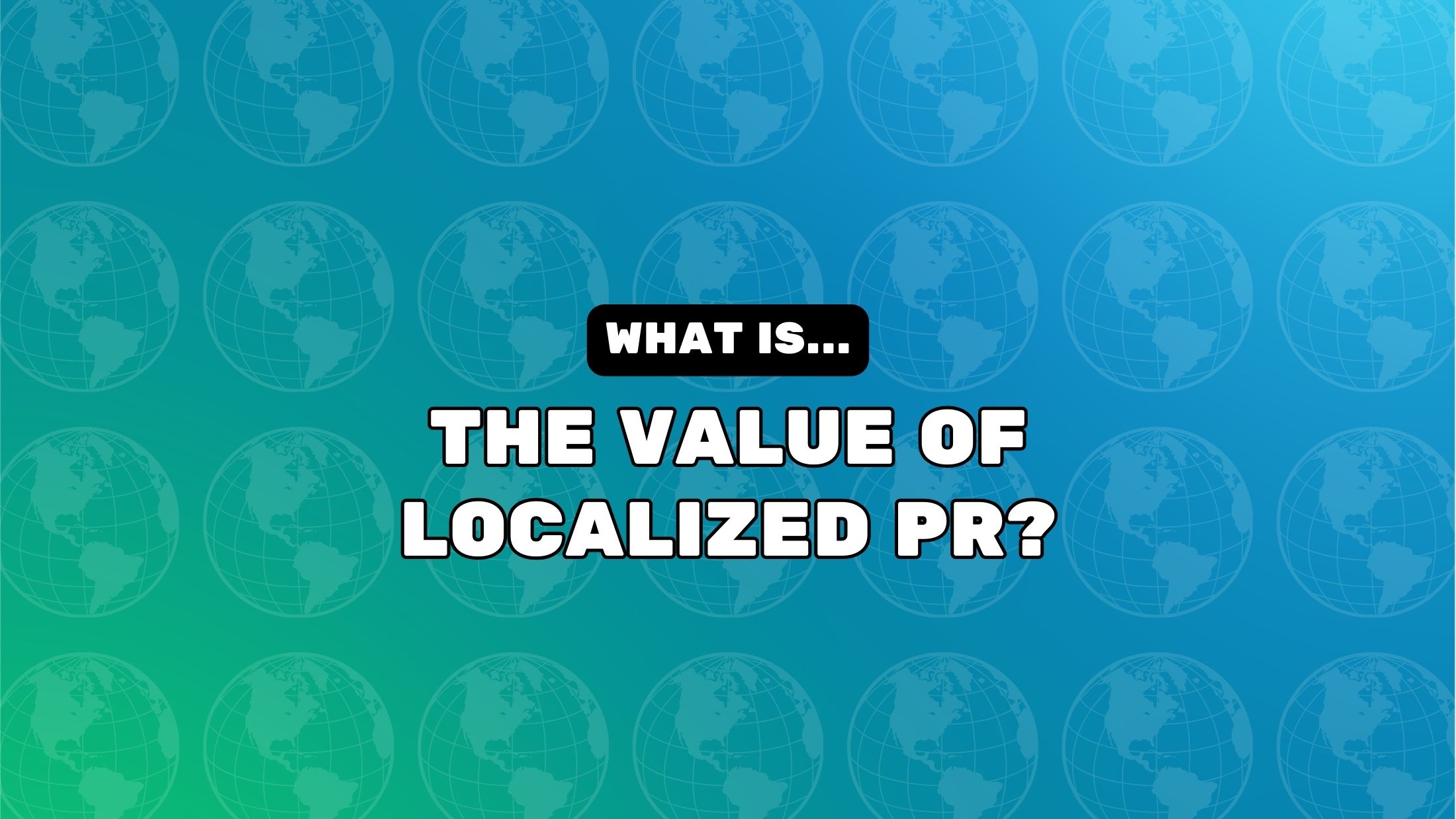
![How One Brand Solved the Marketing Attribution Puzzle [Video]](https://contentmarketinginstitute.com/wp-content/uploads/2025/03/marketing-attribution-model-600x338.png?#)




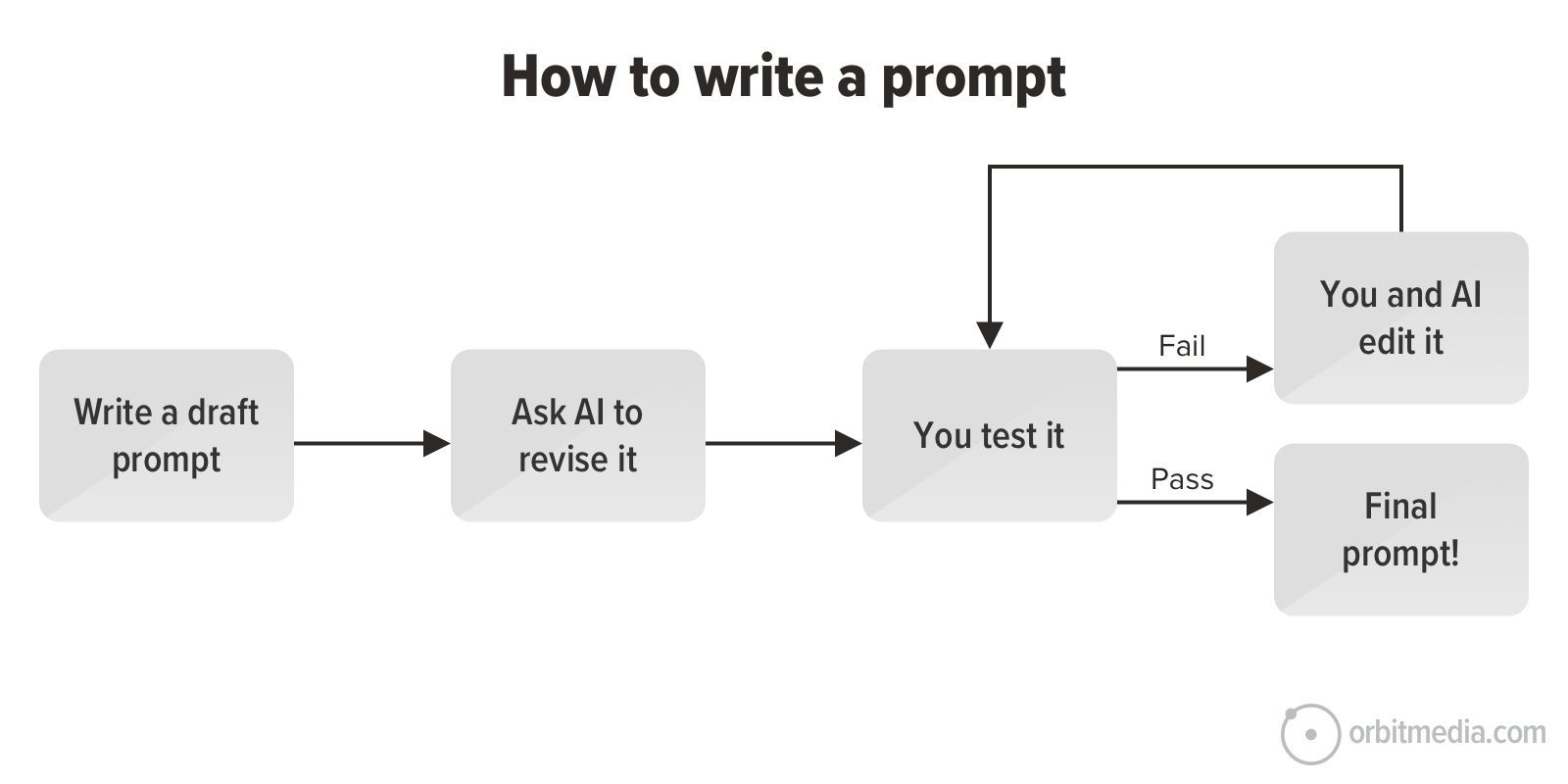
![How to Use GA4 to Track Social Media Traffic: 6 Questions, Answers and Insights [VIDEO]](https://www.orbitmedia.com/wp-content/uploads/2023/06/ab-testing.png)
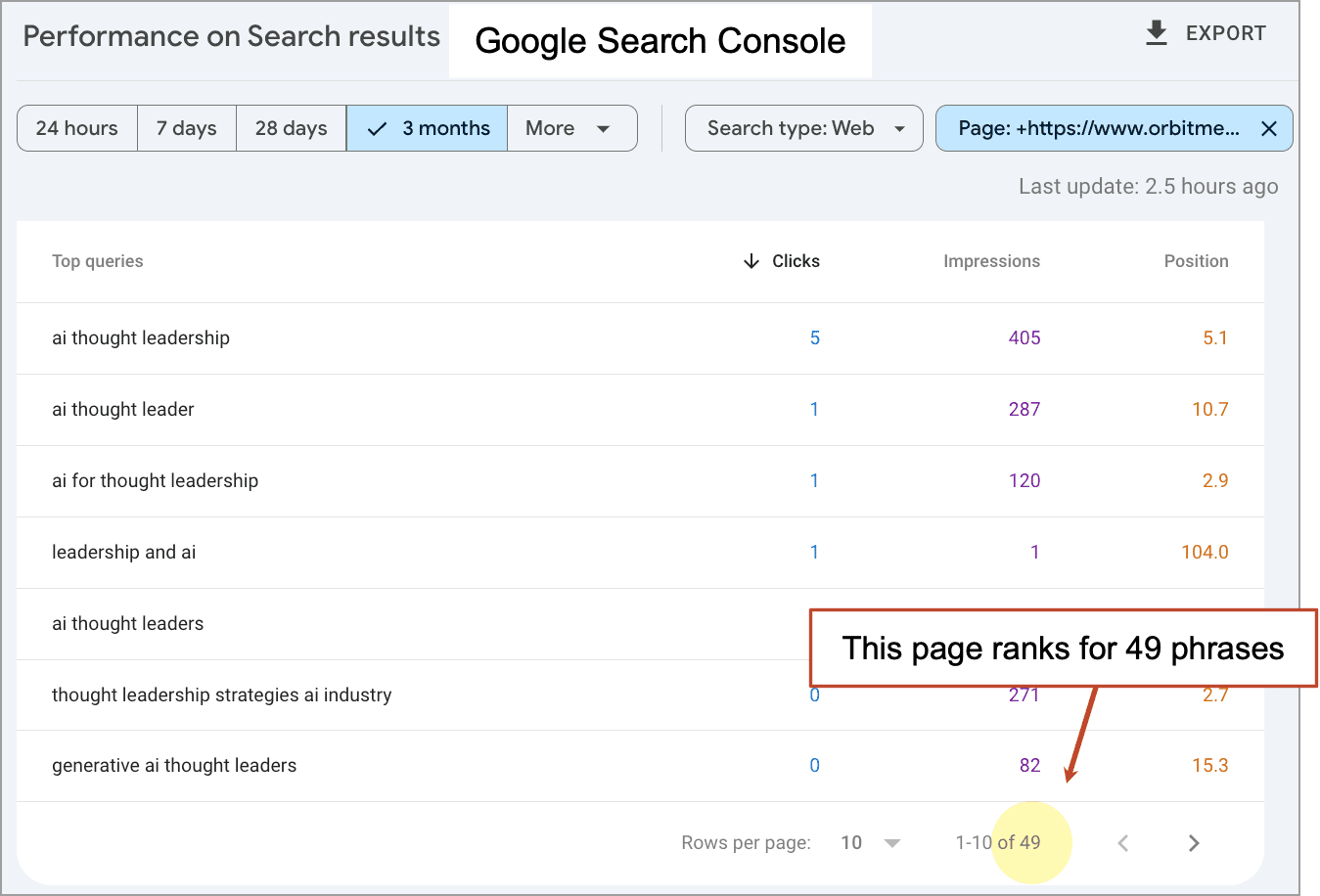






![[Hybrid] Graphic Designer in Malaysia](https://a5.behance.net/920d3ca46151f30e69b60159b53d15e34fb20338/img/site/generic-share.png)

![[HYBRID] ?? Graphic Designer](https://a5.behance.net/cbf14bc4db9a71317196ed0ed346987c1adde3bb/img/site/generic-share.png)






















